 |
| Image from page 135 of "Murcia y Albacete ... Fotograbados y heliografías de Thomás, dibujos de Cabrinety, cromos de Xumetra" |
When we read a book, no matter the platform or genre, we expect chapters. Capitulo. Something at the head, or top.
Think about it:
Cookbooks are divided into courses or by ingredients. Biology books pan out according to system, phylum and class. Math books by applications... And novels? They are divided into bite-size chunks, little mini-stories all their own.
It's been that way for over two-thousand years...
The Evolution of Chapters
Chapters in books and manuscripts where born out of necessity. For example, in ancient 'how-to' scripts, on topics of farming, astrology, natural sciences and the like, authors didn't expect readers to go through from start to finish. They imagined more a 'dipping in' to topics as needed: bovine husbandry, Lunar phases. life-cycles of editable fish. Chapters were like tabs, there for ease of access.
Then there was the Bible. In early renditions, the sections were not consistently divided, at all. It wasn't until the 1300s that Stephen Langton, member of the theological faculty of the Paris University, created a simple and unified system of chaptering the Bible - the one still used today.
Chapter Expectations
 |
| Huckleberry Finn |
Readers, editors and publishers have certain expectations of chapters, ones that authors try to meet at least halfway.
I liken chapters in a novel to mini-stories complete with a beginning, middle and end. There is an inciting event, something that blows things up, creates contrast and challenge, a potential solution (good, bad or temporary) and a conclusion, of sorts. Hopefully, the end hook keeps the reader turning those pages.
The Elegance of Chapters
Chapter headings can be simple statements: Chapter 1, Chapter 2 and so on... or they can have titles which cue the reader as to what's coming next. ie. Harry Potter, Chapter One: The Boy Who Lived, or Twilight: 1. First Sight.
I like to use chapter headings even further to signal a point-of-view change, as in Chapter One - Marcus, Chapter Two - Ash, but more on that next week in an A.K. Wilder post.
Your thoughts on Chapters? I'd love to hear them.
xxKim
* * *

Kim Falconer's New YA Fantasy Series is out January 5, 2020 - Crown of Bones. (Writing asr A.K. Wilder)
Also, check her urban fantasy - The Blood in the Beginning - an Ava Sykes Novel and the SFF Quantum Enchantment Series.You can find Kim on Twitter, Facebook and Instagram. Or pop over and throw the bones on the AKWilder.com site.


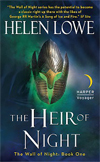
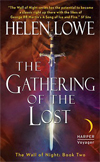
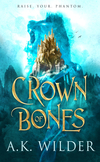
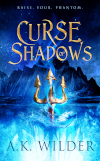
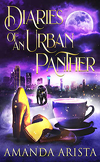


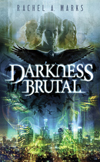
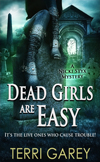
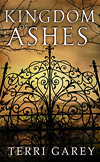
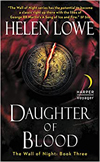
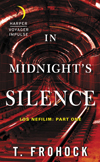

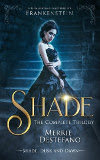

No comments:
Post a Comment